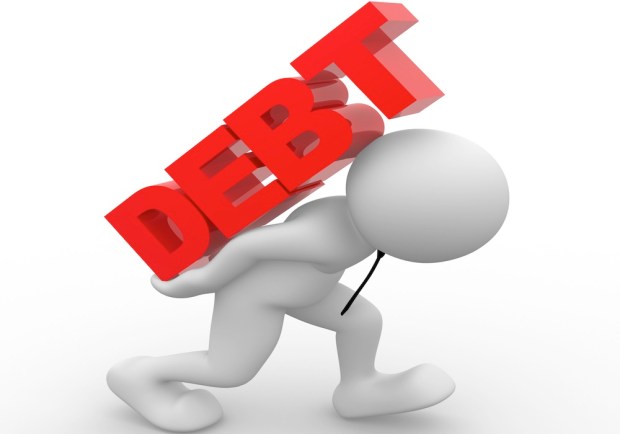Are Americans Carrying Way Too Much Debt Again?

It looks like Americans will soon be partying like it is 2008 — when it comes to borrowing anyway. According to Wall Street Journal reports, American households will soon carry as much debt, on average, as they did at the peak of borrowing before the Great Recession in 2008. If current trends continue, that is.
That dovetails well with international trends. Global debt has been on the increase and has passed 2008 levels already, spurred by up-and-coming Asian markets, who did not quite develop the West’s full-tilt fear of lending post-2008.
So, is it time to be afraid, very afraid? Are we ramping up to a new debt crisis?
Probably not, according to WSJ, as interest rates are quite a bit lower, payments are lower, too. Household debt is down in the U.S.
As of the end of Q1, U.S. households owed $12.25 trillion. That is a 1.1 percent increase from the end of 2015, according to the Federal Reserve Bank of New York’s Quarterly Report on Household Debt and Credit, released on Tuesday (May 24). Based on that figure and current growth trends, U.S. household debt will approach its peak of $12.68 trillion, which it hit in the third quarter of 2008.
However, because jobs are relatively prevalent at the moment, credit ratings have been going up over the last decade and low rates are depressing payment levels, default rates in the U.S. remain at extreme lows. Consumers are borrowing, but they are also paying the loans back.
Outside the U.S., particularly in Asia and China, the ability to roll debt and tinker with interest rates has kept interest-cost-to-GDP very low, despite heavy borrowing. Japan’s is at 2 percent, and China’s is around 12 percent, with room to cut.
“In a world where rolling over debt is not difficult, the sustainability of debt should be driven by interest costs,” said JPMorgan Analyst Nikolaos Panigirtzoglou.
The losers in all of these scenarios are savers and lenders. They face the two worst possible outcomes: not getting paid for providing capital and losing real money when the music stops.
There are also concerns about borrowers. Student loans now account for 10 percent of household debt, and 11 percent of that is in default.
But the real problem: While debt can fuel a cycle for a long time, it can also cover over pernicious problems with it, leaving entire systems open to middling shocks. The circumstances that allow big accumulations of debt can go on a very long time, but they never last forever.
And as the world learned in 2008, when it comes time to pay the piper, the price can get pretty high.
